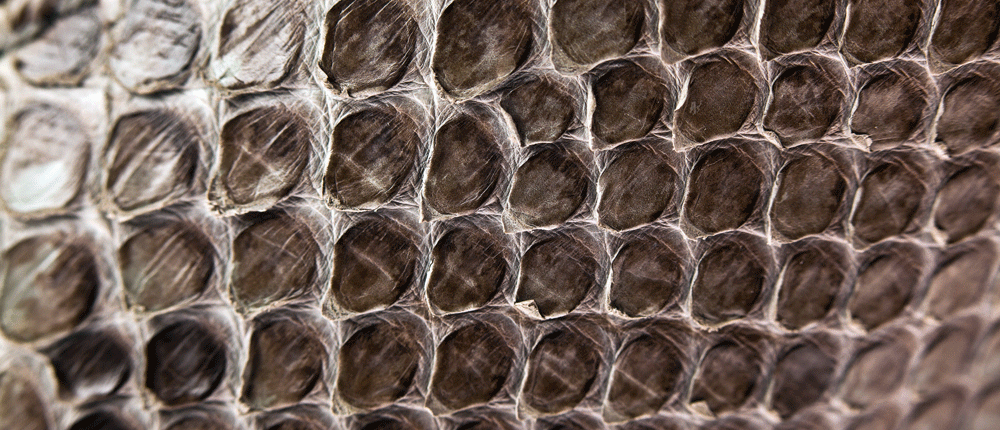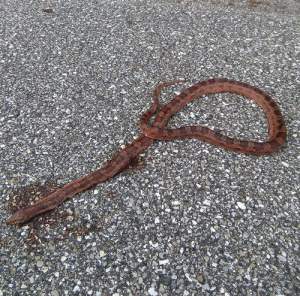What should I do if I find a snake skin?

Snakes, just like all other animals, shed their skin. You heard that right – all animals shed their skin, even humans. Unlike mammals that typically shed their skin in an ongoing process, reptiles shed their skin periodically. Snakes are even further unique because their thin skin
usually comes off in one piece, as though they just slithered right out of it.
Due to our deep-rooted fear of snakes, seeing a snakeskin can be frightening because it means that a snake was definitely in that spot and could be nearby. In this post, we’ll look at what to do if you find a snakeskin. But before that, let’s briefly address why snakes shed their skin.
Skin Shedding in Snakes
Snakes usually shed their skin to allow for further growth and to eliminate parasites that might be attached to their old skin. The reason for this complete skin removal is that a snake’s skin doesn’t grow. As a snake grows, it gets to a point where the skin is stretched to its limit,
preventing further growth. When this happens, a new layer of skin grows underneath. Once this process is complete, the snake sheds its old skin. Since young snakes are in the stage of active growth, they shed their skin frequently, as fast as every two weeks. On the other hand,
older snakes may shed only twice a year.
What to Do if You Find a Snake Skin.
The presence of a shed skin indicates that a snake has been living in that vicinity for a while. The following actions are advised if you see a snakeskin around:

Handle with Care
You should never pick up a snakeskin with your bare hands. This is because about 15 to 90 percent of snakes carry some Salmonella bacteria on their shed skins. Consequently, touching it with your bare skin places you at risk of a bacterial infection. If you must pick up a shed skin, ensure you use a glove or plastic bags.
Identify the Snake Species
It is normally possible to identify a snake species based on its shed skin. You have to identify its species so that you know whether it is a venomous or harmless snake. If you’re not a snake expert, you can always bring in one to help identify the snake species. If it’s a poisonous snake, you want to ensure that it’s no longer on your property to keep yourself and pets safe. Inspect Your Vicinity for Snakes
Skin shedding is an uncomfortable process for snakes, as it is a long process, taking anywhere from one to two weeks. Therefore, even though they try to shed their skin in one piece, many snakes become irritable and undergo patchy sheds. It is important to search your vicinity to see if the snake is still hiding nearby. Once found, take great care in dealing with snakes that are still in their shedding cycle because they tend to be aggressive. If it’s a venomous snake, get animal control involved so that they can remove the snake from your property.
Dispose of Properly
If a snake’s shed skin is left for long, it might attract mites. Although mites rarely transmit diseases to humans, their bite results in swelling, itching and pain. Therefore, dispose of the snakeskin, while wearing a hand glove, into a plastic or waste disposal bin.
Conclusion
Skin shedding is a natural process snakes undergo. Coming in contact with a snakeskin shouldn’t be a cause for alarm if the appropriate steps are taken. You might want to consider taking actions to keep snakes out of your vicinity altogether.
